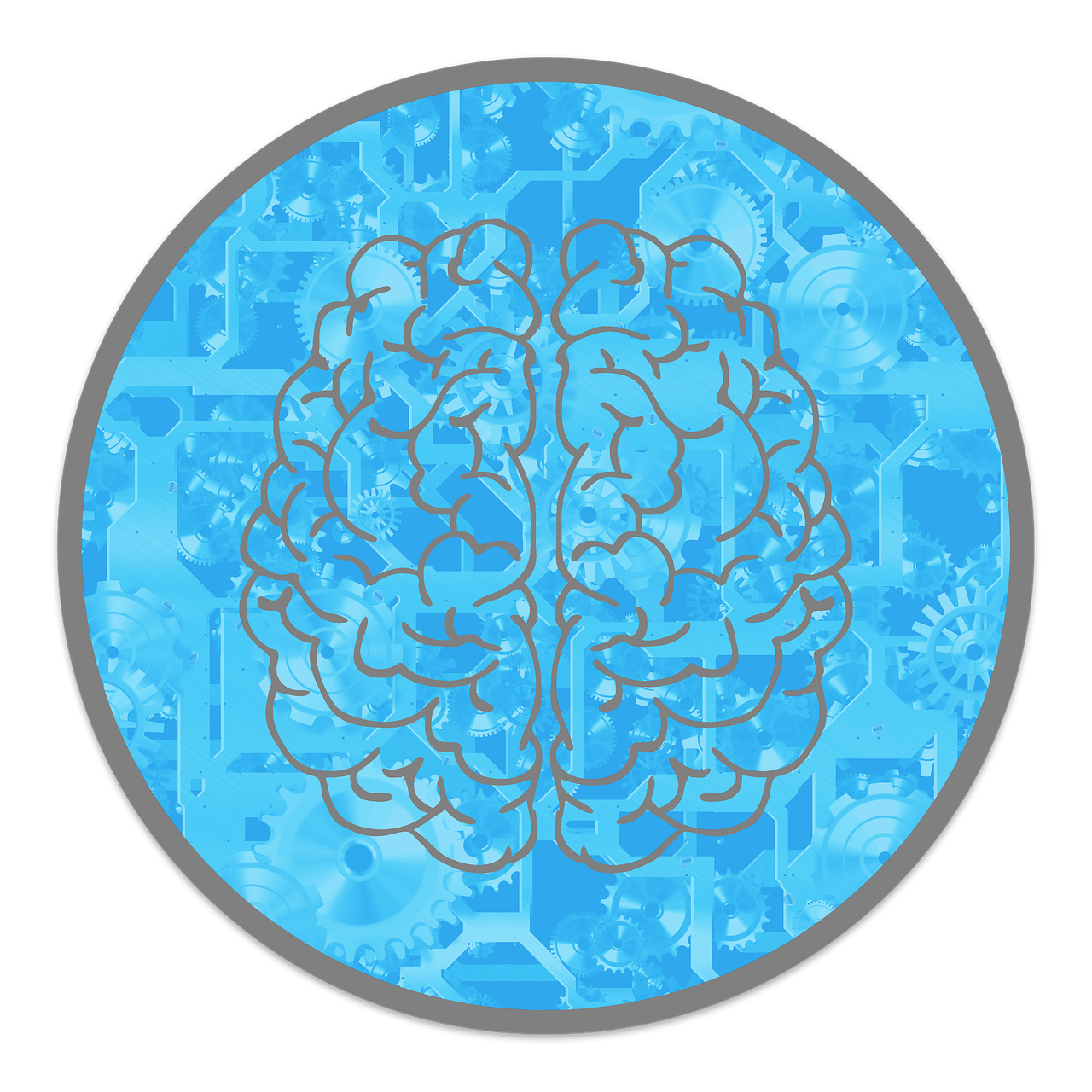
Like, why do you keep checking your phone—or why does your dog sit the second you look at the treat jar?
It’s not magic, it’s behavioral psychology.
And B.F. Skinner? He was the OG behavior hacker.
His not-so-secret weapon: the Skinner Box.
It’s not a sci-fi gadget, but it did change the game.
He used it to prove how rewards (and sometimes consequences) shape habits—ours, pets’, you name it.
In this quick dive, we’ll break down what the Skinner Box is, how it works, and why it’s still running the show in classrooms, parenting hacks, and even TikTok.
Let’s get into it.
What Is a Skinner Box? A Quick Primer
Think of the Skinner Box as the ultimate “behavior lab” created by B.F. Skinner back in the 1930s.
Officially called an operant conditioning chamber (fancy, right?), it’s basically a small, controlled setup where scientists watch how animals learn from rewards and punishments.
Inside the box, you usually find:
- A lever or button the animal can press (like a game controller for rats or pigeons)
- A dispenser that drops treats—aka the reward system
- Something to deliver mild punishments, like a tiny shock or a timeout light (don’t worry, nothing cruel—just enough to teach a lesson)
- And tech that tracks every move in real time (hello, behavioral receipts!)
Skinner’s goal? See how changing the consequences of an action shapes the behavior.
Basically, it’s animal training meets science lab—with a dash of psychology wizardry.

The Theory Behind It: Operant Conditioning
B.F. Skinner wasn’t just messing around with levers and snack-hungry rats—he was proving a major point: we act the way we do because of consequences.
This idea is called operant conditioning, and it’s basically the psychology version of “actions have reactions.”
Unlike Pavlov’s dogs (who drooled on cue thanks to classical conditioning), operant conditioning is all about choices and what happens after you make them.
Reward? Do it again. Punishment? Maybe not next time.
Key concepts of operant conditioning:
| Term | Definition |
| Positive Reinforcement |
Adding a pleasant stimulus to increase a behavior (e.g., giving a treat for pressing a lever)
|
| Negative Reinforcement |
Removing an unpleasant stimulus to increase behavior (e.g., stopping a shock when the lever is pressed)
|
| Positive Punishment |
Adding an unpleasant stimulus to reduce behavior (e.g., giving a shock after a wrong action)
|
| Negative Punishment |
Removing a pleasant stimulus to reduce behavior (e.g., turning off a light or removing food)
|
Example:
In one classic Skinner Box setup, a rat learned that pressing a lever = free food.
The result? That rat became a lever-pressing machine.
Why? Because it learned, “Push button, get snacks.”
That’s positive reinforcement in action—and honestly, same.

Real-Life Applications of Skinner Box Research
Turns out, Skinner’s lever-and-treat trick wasn’t just a lab stunt—it’s everywhere you look.
Here are two big spots where operant conditioning steals the show:
1. Education and classroom management
- Token economies: Think digital stickers or points you rack up for good behavior—then trade them for fun perks (extra recess? Snack time?).
- Instant feedback tools: Classroom clickers and learning apps chime in right away when you get an answer right—no more waiting for graded papers.
Why it works: A 2016 meta-analysis in Review of Educational Research found that positive reinforcement boosts both behavior and grades.
So yes, giving out gold stars is basically academic gold.
2. Therapy and mental health
- Behavior therapy: Docs use reward-based drills to help folks with ADHD or OCD tweak their habits—kind of like gamifying your brain’s to-do list.
- Applied Behavior Analysis (ABA): The go-to approach for autism support. It’s straight-up operant conditioning, customized for each person.
Why it matters: The U.S. Surgeon General backs ABA as a top early-intervention strategy for autism. In other words, “Skinner Box logic” is officially a health-care VIP.
3. Workplace productivity
- Bonuses and promotions? Classic positive reinforcement. Crush your goals, get the goods.
- Behavioral nudges: Subtle signs like “Don’t forget to log your hours!” or the awkward silence when someone skips the team meeting—yeah, that’s low-key conditioning at play.
Want better performance? Reward it.
Cue the “Employee of the Month” selfie.
4. Marketing and consumer behavior
- Loyalty points, coupons, flash sales— all basically saying: “Buy now, feel good later.”
- Scarcity tactics: “Only 3 left in stock!” or “Sale ends in 5 minutes!” Yep, that’s a pressure-cooked reward loop.
It’s Pavlov with a credit card—and we fall for it every time.
5. Parenting and child development
- Time-outs: Classic negative punishment (remove fun, reduce chaos).
- Praise and reward charts: “Great job brushing your teeth! Here’s a star!”—straight from Skinner’s playbook.
From sticker charts to “if-then” rules, it’s all structured to shape habits before the toddler takes over the house.
Criticisms and Limitations of the Skinner Box Model
As genius as Skinner was, not everyone’s buying a ticket to his behavior-only bandwagon.
Here’s where critics hit pause:
1. Lack of human complexity
Skinner treated behavior like a math formula: stimulus + response = result.
But people? We’ve got feelings, thoughts, TikTok addictions, and complex social vibes.
Critics say his model skips over the messy, magical stuff that makes us… well, human.
2. Ethical concerns
Using punishments to shape behavior?
Works in theory, but when you apply it to people—especially kids or vulnerable groups—it can feel less like psychology and more like manipulation.
Hello, consent and autonomy? Let’s not forget those.
3. Overemphasis on external factors
Skinner was all about that external motivation life—do the thing, get the treat.
But what about doing something just because you love it?
Psychologist Edward Deci called this out in 1971.
He found that giving people rewards for things they already enjoy can actually make them like it less.
It’s called the overjustification effect—basically, rewards can backfire and kill the vibe.

Skinner Box Legacy: Still Relevant in the Digital Age?
Think Skinner’s old-school box belongs in a museum? Think again.
It basically got a digital makeover—and now it lives in your pocket.
How apps turn us into button-pushers
Social media
Ever refresh Instagram and get hit with random likes or surprise comments?
That’s a variable reward schedule, baby.
Same trick Skinner used—just with dopamine and selfies instead of pellets.
Mobile games
Daily streaks, “spin-the-wheel” bonuses, and level-up alerts are all designed to keep you hooked.
You’re not just playing—you’re being trained to need to play.
Fitness apps
“Congrats! You hit 5,000 steps—here’s a badge shaped like a shoe!”
From push notifications to achievement streaks, these apps turn workouts into reward loops your brain lives for.
So yeah, the Skinner Box didn’t die—it just got better graphics, brighter colors, and now it buzzes in your hand every 10 minutes.
You’re not addicted—you’re conditioned.
Conclusion: The Enduring Impact of Skinner’s Work
Skinner may have started with rats, but his ideas totally explain why you check your phone 100 times a day or feel proud hitting a Duolingo streak.
His work showed us how rewards shape habits—and that knowledge is still gold.
Nope, we’re not pigeons—but we are pressing buttons for dopamine hits.
From apps to habits, Skinner’s vibe is everywhere (just with slicker design).
So yeah, you’re basically in a high-tech Skinner Box. Use it wisely—reward yourself for the good stuff, not just the scroll.



